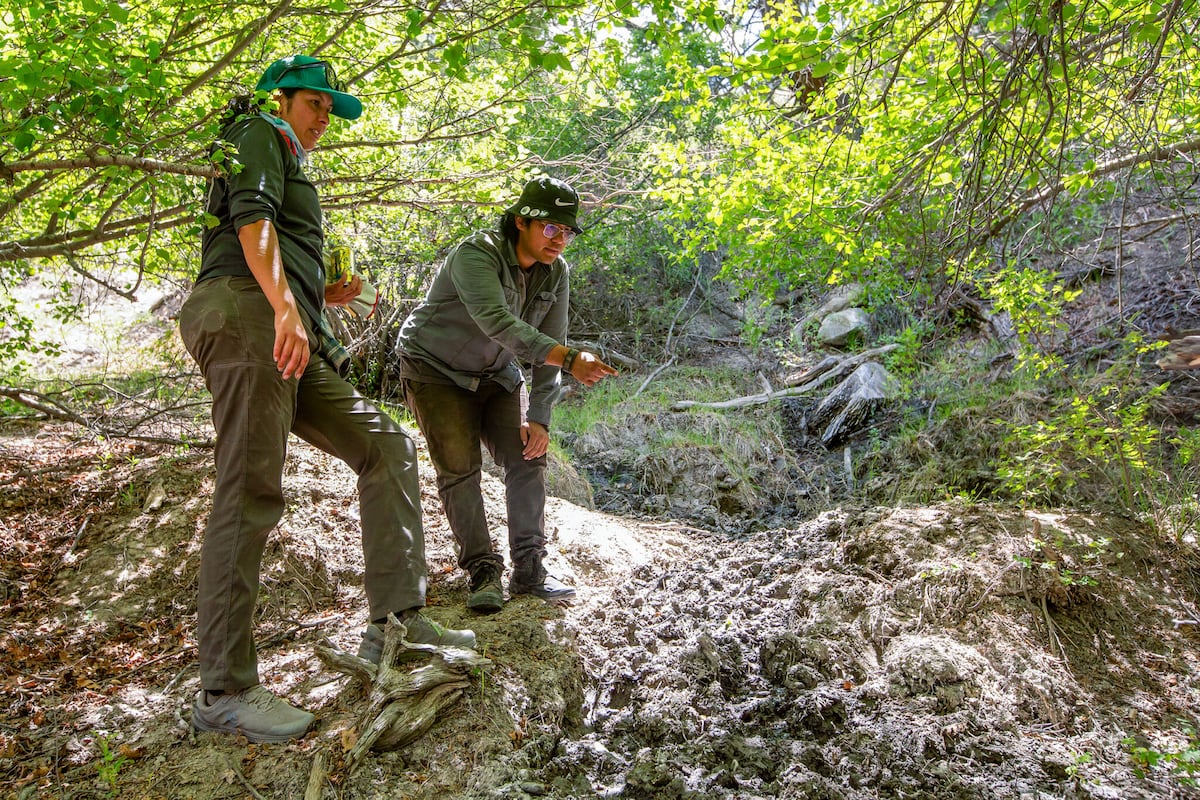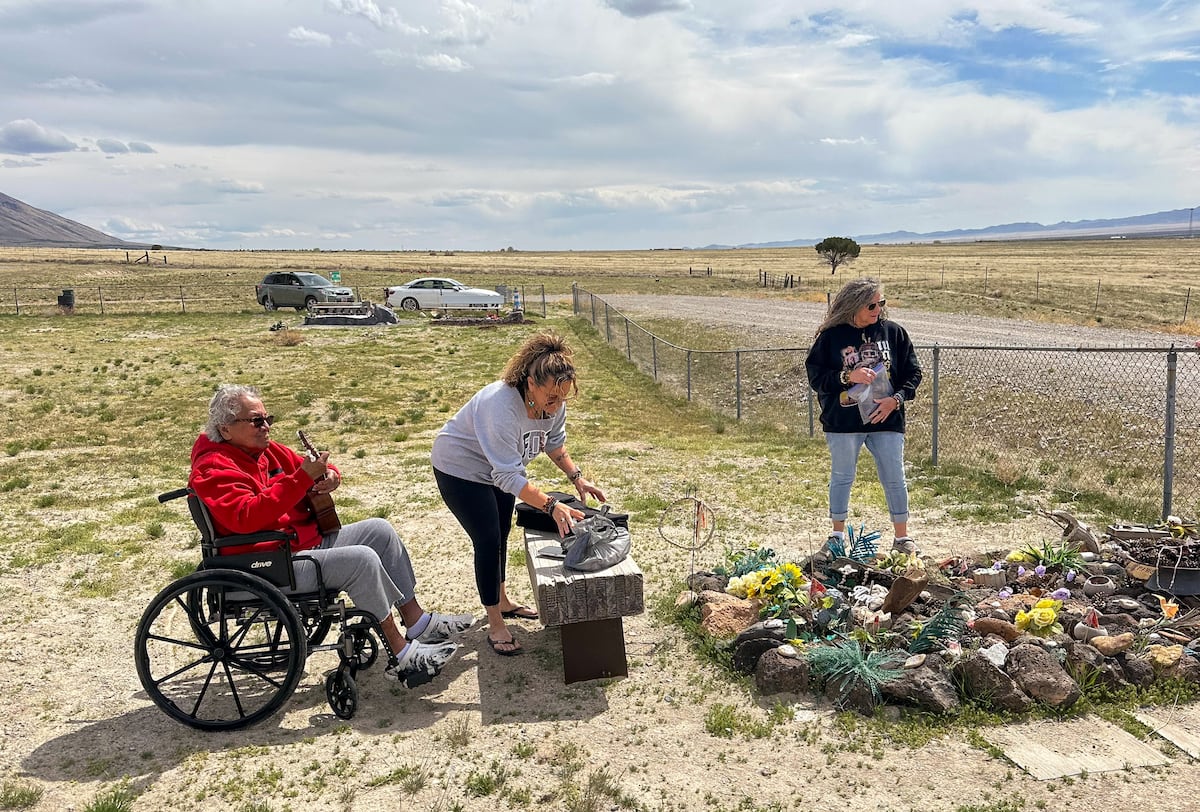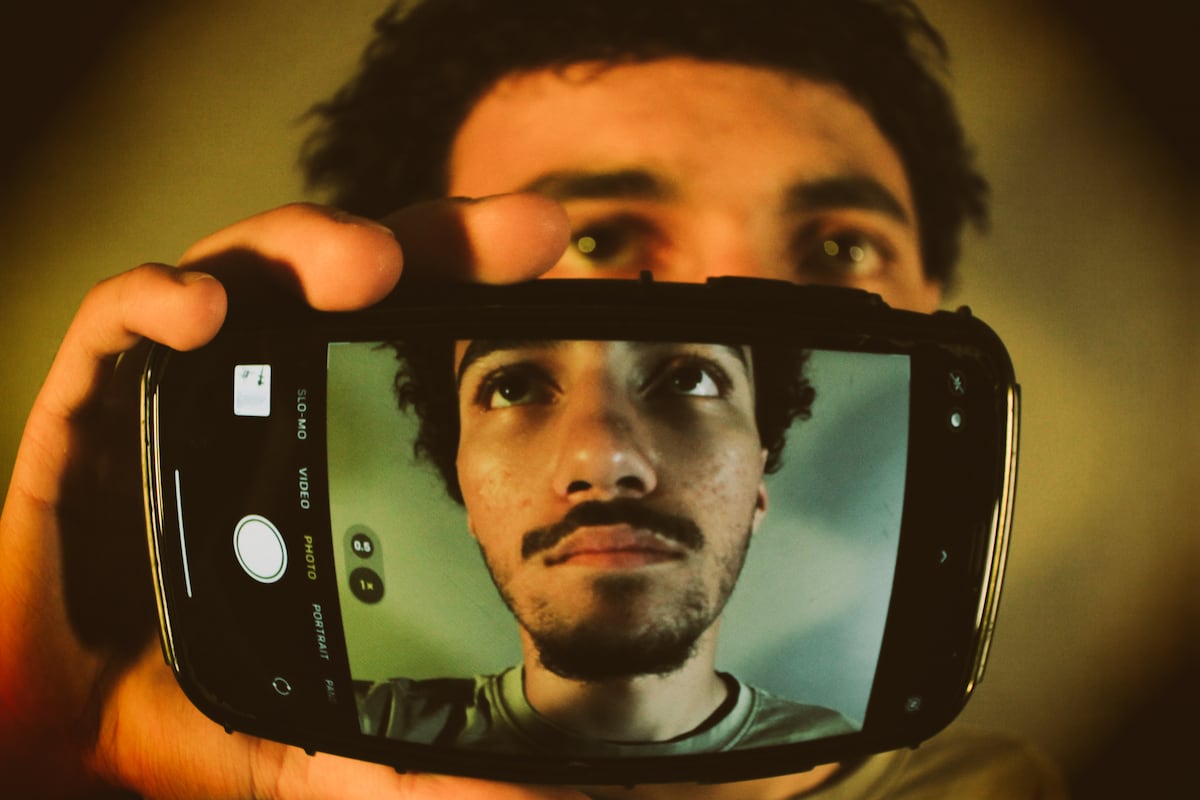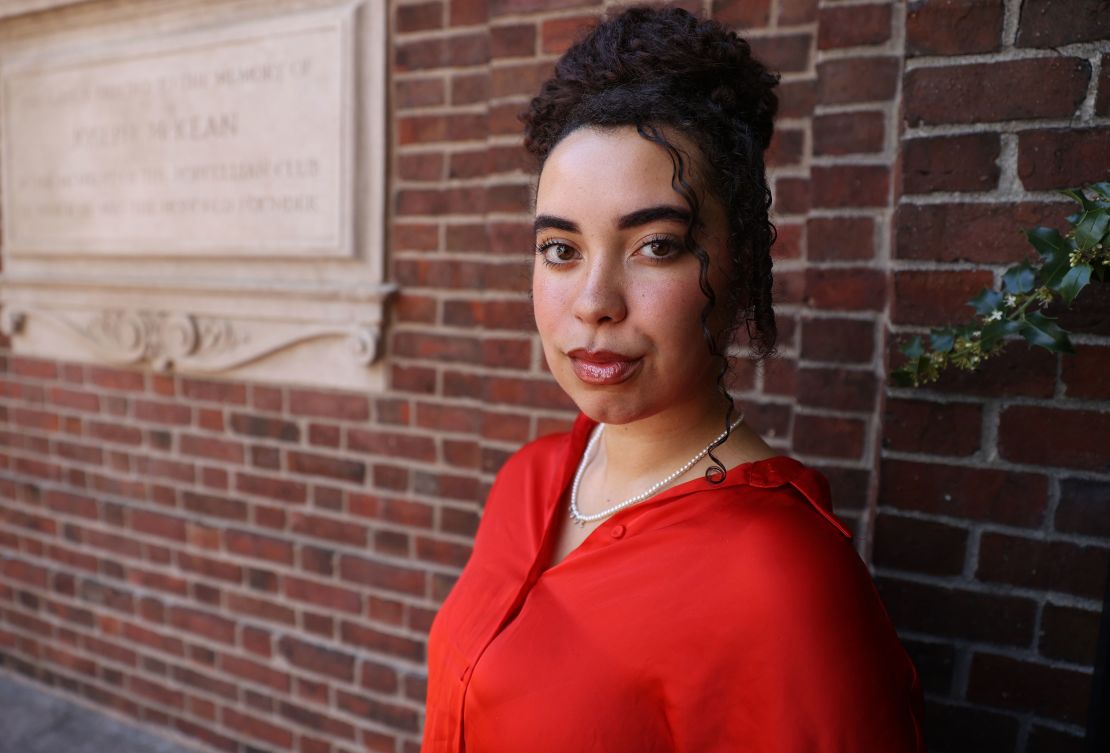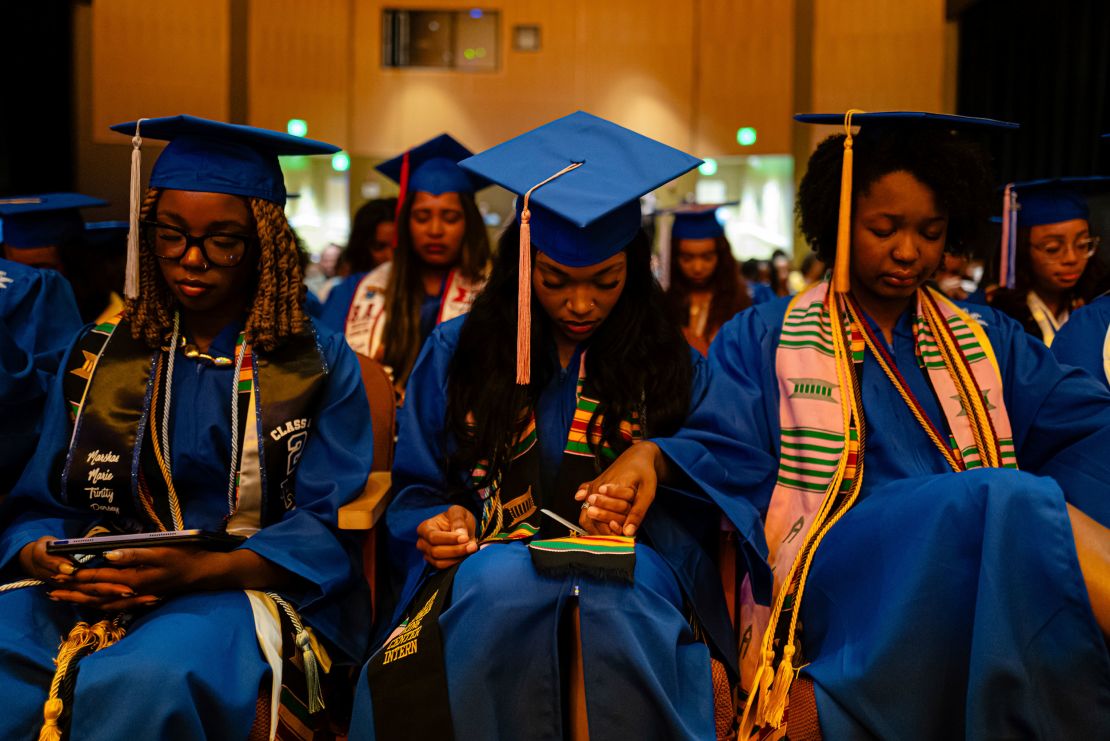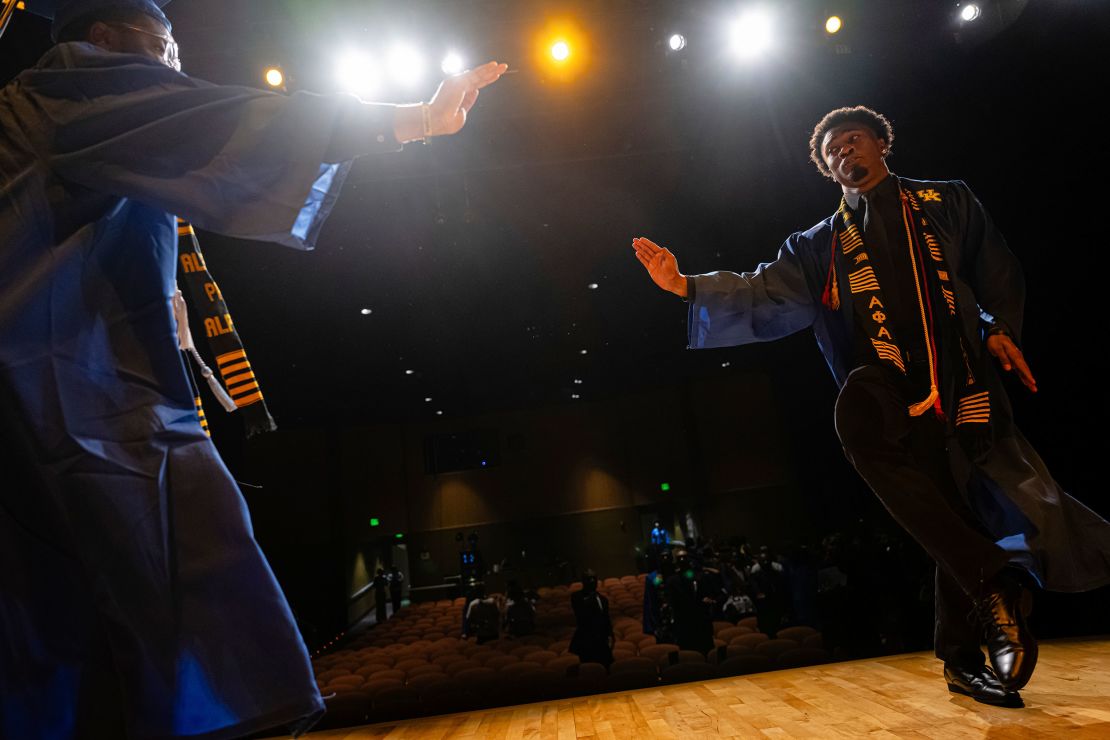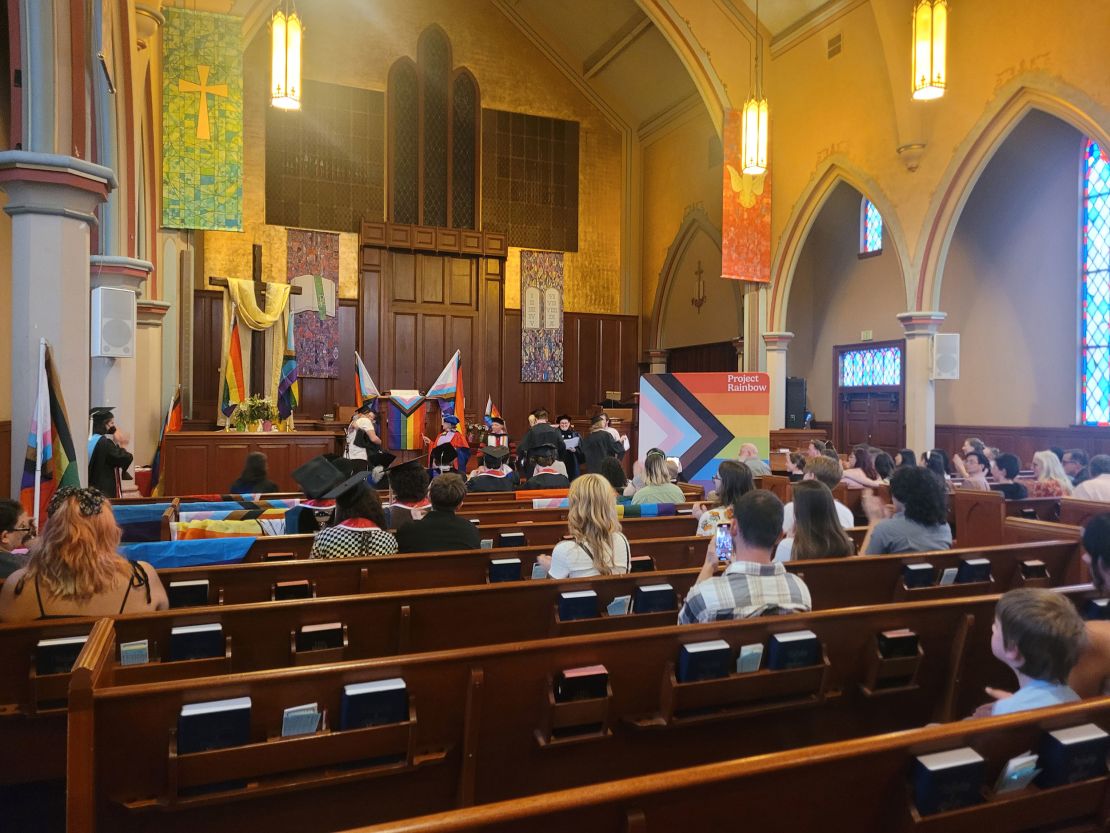Ahead of the 2025 season, Utah State football comes in at No. 119 overall in the SP+ rankings, third-worst among MW teams and ahead of just 17 other teams (all of whom are in the G5). In the MW, only …
It has been three seasons now since Utah State football was numbered among the best teams in the Group of Five.
In 2021, the Aggies caught lightning in a bottle and pulled off one of the most impressive season-to-season turnarounds in recent memory, capping it off with the program’s first Mountain West Conference title.
Advertisement
Since then, though, USU has been nothing if not mediocre. Sometimes worse than that.
Last year, albeit amid considerable turmoil, the Aggies were one of the worst Group of Five programs in the country — and programs in general — with just four total wins. Only one of those wins came against a team that finished the year with a winning record (Robert Morris, which finished 7-5 at the FCS level).
The Aggies were competitive for a good portion of conference play in 2024, but competitive didn’t lead to many wins.
Given that, it isn’t a surprise that Utah State isn’t considered by many to be one of the better teams at the Group of Five level ahead of the 2025 season — or even a Group of Five program worth being mentioned.
Advertisement
Earlier this month, ESPN ranked the top 10 G5 programs. The ones that are believed will be at the top of the proverbial heap in 2025.
Listed in order from the least likely to earn a College Football Playoff berth to the most likely, those 10 teams are:
-
UTSA (American Athletic Conference).
-
Army (AAC).
-
Louisiana (Sun Belt).
-
Liberty (Conference USA).
-
Memphis (AAC).
-
James Madison (Sun Belt).
-
Navy (AAC).
-
Tulane (AAC).
-
Boise State (MW).
Noticeably and quite understandably absent was Utah State.
Few expect much of anything out of the Aggies next year, who are certainly not positioned among the best teams at the Group of Five level.
Which begs the question, just how far away are the Aggies?
How Utah State football compares
By the end of the 2024 season, by almost every metric, Utah State was in the bottom third of the MW.
Advertisement
ESPN’s final FPI for 2024 had the Aggies as the fourth-worst team in the MW — which was also where the Aggies finished record-wise.
A cursory glance at most statistical categories in 2024 found USU near the bottom of the league, save for on offense.
In three games played against MW teams that finished with a winning record last season, Utah State was competitive only once, against Colorado State. Both Boise State and UNLV handled the Aggies. When it came to competing at the level of the best MW teams, USU was far off the pace.
Expand things to the entire Group of Five and things look even worse for Utah State. The top 10 G5 teams last year all finished ranked in the top 67 in FPI. The Aggies finished No. 112. When looking at strength of schedule, game control and average win probability, USU ranked No. 93 or worse in every category, far off the pace of the best teams at the G5 level.
Advertisement
Last year was last year, though. There’s not a lot of reason to rehash it too much, not with a new coaching staff in place in Logan and 50-plus new players on the roster. So how does USU measure up in 2025?
The most notable preseason predictor is ESPN’s SP+ metric, created by Bill Connelly. SP+ takes into account 1) Returning production; 2) Recent recruiting; 3) Recent history.
As Connelly notes, SP+ “is a predictive measure of the most sustainable and predictable aspects of football, not a résumé ranking, and along those lines, these projections aren’t intended to be a guess at what the AP Top 25 will look like at the end of the season. These are simply early offseason power rankings based on the information we have been able to gather.”
Ahead of the 2025 season, Utah State football comes in at No. 119 overall in the SP+ rankings, third-worst among MW teams and ahead of just 17 other teams (all of whom are in the G5). In the MW, only Nevada and New Mexico are rate worse.
Advertisement
Everything about the SP+ metric hurts the Aggies.
When it comes to returning production, USU brings back just 31% of its total production from last season, the fourth lowest by any team at the FBS level. On offense, USU’s strong suit last year, the Aggies bring back just 19% of the production from last season. Only one team brings back less (Miami-Ohio). On defense, USU brings back 43% of its production, but that isn’t especially encouraging given the team’s defensive struggles last season. And the year before that. And the year before that.
Recruiting rankings don’t do any favors for USU either.
While 247 Sports’ Composite rankings has USU with the third-best 2025 class in the MW that is mostly due to sheer numbers. On a quality basis (average ranking of recruits) the Aggies rank in the middle of the league at No. 6. When it comes to incoming transfers, USU’s incoming class ranks second to last in the MW.
Advertisement
Throw in the rough 2024 season, which featured the team’s lowest win total in a 12-game season since 2016, and it isn’t hard to see why SP+ does not look favorably on Utah State ahead of the 2025 season.
Could the Aggies proved the predictors wrong? It has happened before. Utah State wasn’t expected to do much of anything in 2021, but a veteran-laden roster — featuring the right mix of returners and instant impact transfers — exceeded all expectations in dramatic fashion.
The Aggies have been remade under new head coach Bronco Mendenhall, in a way not too dissimilar to what Blake Anderson did in his first offseason leading the program, though there are still a lot of unknowns about that rebuild.
Here’s what we know. Many — though not all — of the transfers USU has landed in the winter and spring are players who were at the Power 4 level but didn’t play much, if at all. There is considerable potential there, but not much proven at this point.
Advertisement
Many of the incoming freshmen won’t be ready to contribute right away either, if they are even on the roster (some of the more notable signees will serving missions for The Church of Jesus Christ of Latter-day Saints).
Of the Aggies’ returners, meanwhile — as noted by Connelly — there aren’t a lot of proven contributors.
Everything points to a long term rebuild being needed in Logan. A one season turnaround is highly unlikely, and the Aggies are not currently among the best the Group of Five have to offer. Not yet at least.

Utah State linebacker John Miller (26) and safety Ike Larsen (6) celebrate with safety Jordan Vincent (24) after he intercepted a pass against Hawaii in the first half of an NCAA college football game Saturday, Nov. 16, 2024, in Logan, Utah. | Eli Lucero
Source: Utah News



